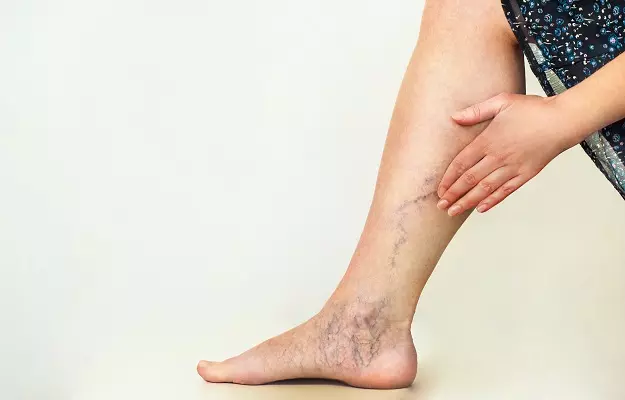Discovering that you’re pregnant and going on that nine-month-long journey to meet your little bundle of joy is usually an exciting and wonderful experience. Many women, however, may find it difficult to cope with some of the symptoms and complications of pregnancy. Varicose veins, though not an extremely grave issue, can be a painful and discomforting part of your pregnancy.
Varicose veins are basically enlarged, swollen and twisted veins that have a blue or dark purple coloured spider web-ish appearance on the surface of the skin. As you might already know, arteries carry oxygenated blood from the heart to all parts of the body, while veins carry deoxygenated blood back to the heart. Varicose veins occur when superficial veins on the lower abdomen and legs, as well as the vein known as inferior vena cava, are blocked.
Because of the growing baby bump and weight, a pregnant woman is likely to suffer from varicose veins during pregnancy - especially in the second and third trimesters. These varicose veins usually appear on the legs, vaginal opening or vulva, and on the rectum or anus. So, although a normal symptom of pregnancy, varicose veins can be painful and discomforting enough to turn into a big issue during pregnancy.
Read more: Home remedies for varicose vein
Thankfully, treating varicose veins naturally and effectively at home is very easily done. Most pregnant women are advised to rest, stay off their feet, elevate their legs and avoid sitting cross-legged to get relief from the pain and swelling associated with varicose veins. The most reassuring part is that varicose veins usually recede and go back to normal within weeks or months of the delivery of your baby. Read this article for everything you need to know about varicose veins.





































